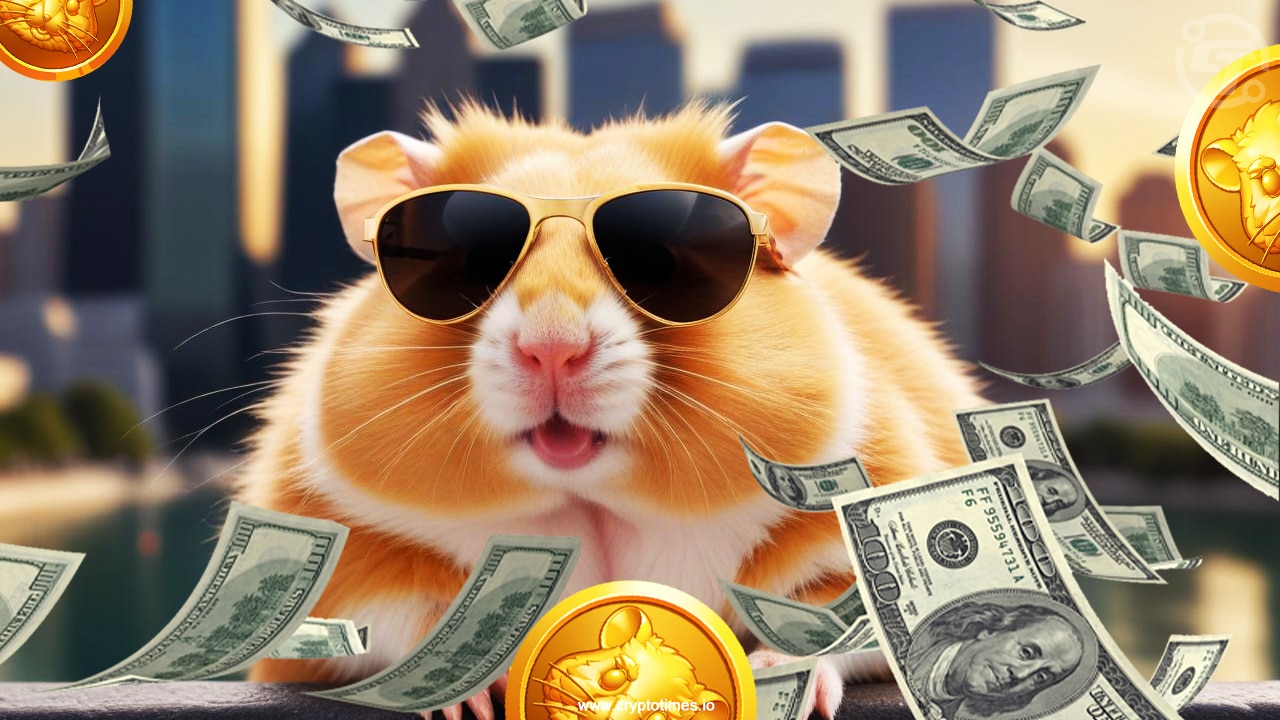In the rapidly expanding universe of blockchain gaming, one title that has captured the collective attention of enthusiasts worldwide is Hamster Kombat. Riding the waves of the ton blockchain, this game has announced plans to conduct what could very well be the largest airdrop in the history of cryptocurrency. Since its debut in March of this year, it has attracted an impressive cohort of over 240 million players globally. With the airdrop on the horizon, speculation is rife about the future valuation of the $HMSTR token once it is disbursed among the players.
At the heart of Hamster Kombat’s strategy is a remarkable approach to token distribution. A substantial 60% of the total supply of $HMSTR tokens is earmarked for the game’s players, ensuring that the lion’s share of rewards benefits the most active members of this burgeoning community. The remaining 40% is allocated towards fostering market liquidity and supporting ecosystem partnerships, grants, and other strategic initiatives. By sidestepping venture capital investments, the development team underscores their commitment to crafting a community-driven ecosystem, aiming to mitigate the risk of rapid capital exit and underscore a player-centric marketplace.
This article aims to delve into the tokenomics of Hamster Kombat, exploring the pending airdrop and theorizing on the eventual market performance of the $HMSTR token post distribution.
Conversion of Hamster points into $HMSTR tokens
The transformation of in-game accomplishments into $HMSTR tokens lies at the core of the anticipation surrounding the airdrop. Though official details on the conversion ratio are pending, there’s speculative evidence pointing towards a precedent set by recent similar conversions, like NOTCOIN’s 1000:1 rate. In this framework, lucrative in-game performance, specifically measured in Profit Per Hour (PPH), becomes the basis for acquiring $HMSTR tokens, rather than a simple tally of accumulated points. This methodology introduces a layer of complexity and variability, suggesting that player engagement and skill may significantly influence token allotment.
How to determine value of $HMSTR tokens?
Projecting the potential value of $HMSTR tokens involves a speculative assessment of various market capitalization scenarios. For example, with a $1 billion market cap, each token‘s value might hover around $0.10, making 5,000 of them worth $500. Conversely, a market cap of $100 million could see each token‘s value at $0.01, with the same number of tokens valued at $50, and a further dip to a $10 million cap would reduce the per token price to $0.001, valuing 5,000 tokens at $5. These hypothetical valuations underscore the impact of market performance on token worth, highlighting a direct correlation between in-game achievements (measured in PPH) and the tangible value of $HMSTR tokens upon conversion.
As the airdrop date approaches, more accurate predictions about $HMSTR token value will surface, shaped by the game’s performance and the broader market’s reaction. The pioneering strategy of prioritizing a community-led distribution model, coupled with an absence of conventional investment influences, could engender a more equitable and enduring token economy.
Conclusion
To sum up, while the precise conversion metrics and token valuation remain speculative at this juncture, Hamster Kombat’s strategic emphasis on a player-first ethos indicates a promising departure from traditional market dynamics. As the community awaits further details, the pivotal questions remain: How will this innovative approach influence player strategy and market engagement? And, more critically, can this distinctive economic model cultivate a flourishing and equitable token ecosystem amid the unpredictable tides of the blockchain gaming sector?
